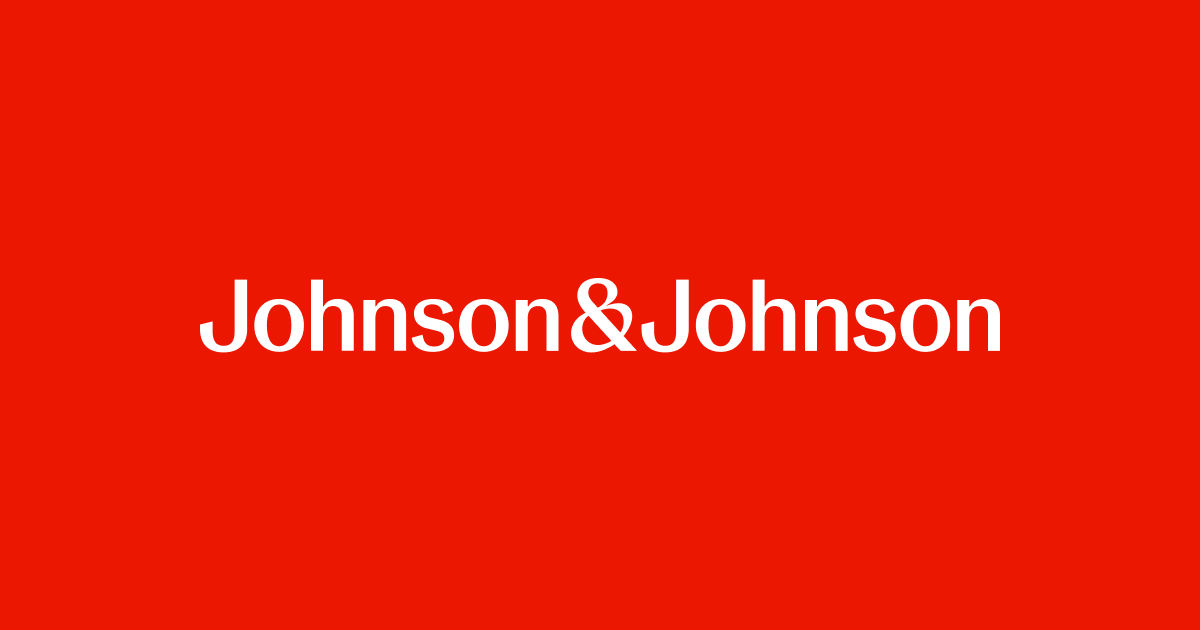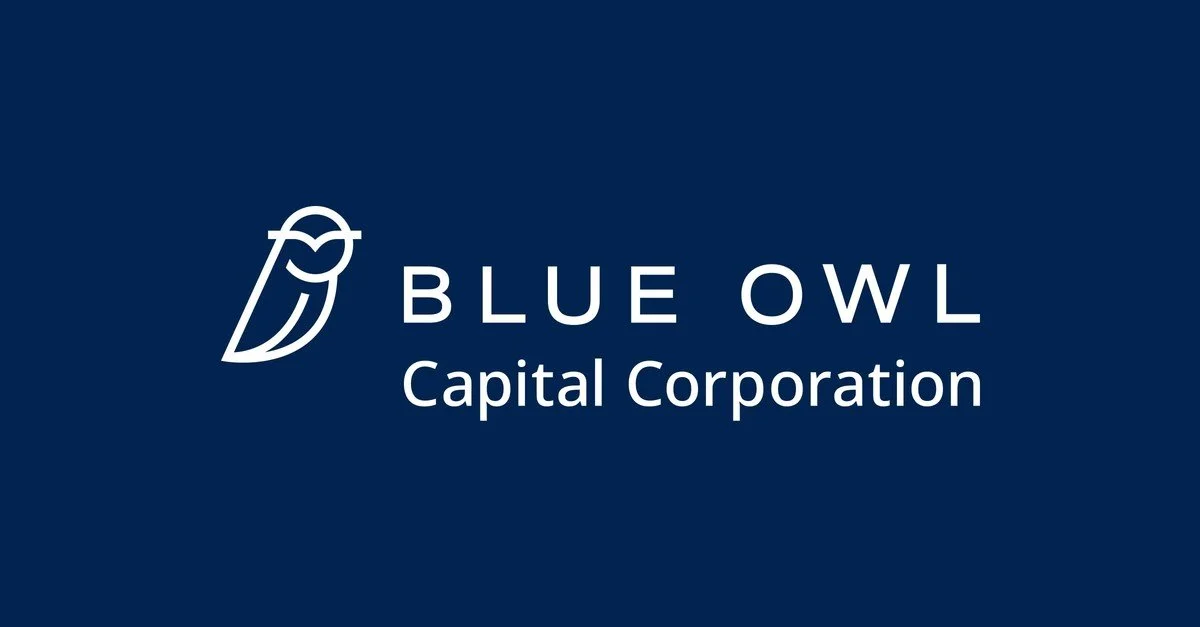JNJ | Q3 2025
The content provided on this website, including any communications, posts, videos, social media interactions, and other materials, is for informational and educational purposes only. It should not be considered as financial or investment advice. Read our full disclaimer here.
Links
Link to Transcript
Link to Presentation
Overview
Non-GAAP EPS of $2.80 beats by $0.04.
Revenue of $24B (+6.7% Y/Y) beats by $240M.
KEY Takeaways
J&J delivered another strong quarter with sales up 5.4% and adjusted EPS up 16%
The company’s newer drugs are driving the next leg of growth, with TREMFYA, DARZALEX, and CARVYKTI leading the charge.
MedTech is quietly improving, up 5.6%, with cardiovascular devices like Abiomed’s Impella and Shockwave’s systems doing the heavy lifting.
The company plans to spin off its Orthopaedics unit (DePuy Synthes), which should boost MedTech’s margins and let J&J focus on higher-growth areas.
The balance sheet remains rock-solid with $19 billion in cash and falling net debt, giving the company plenty of flexibility.
NOTES
Johnson & Johnson’s (JNJ) Q3 results reinforced its position as a beacon of stability in my portfolio.
Sales rose 5.4% to $24 billion, led by strong growth across both Innovative Medicine and MedTech, even as the company continued to absorb the loss of exclusivity for its blockbuster drug STELARA.
Adjusted earnings per share climbed nearly 16% to $2.80, and management raised full-year sales guidance to the high end of its range, now expecting around 5% growth for 2025.
Free cash flow reached $14 billion through the first nine months of the year, giving J&J the flexibility to invest heavily in innovation while still rewarding shareholders.
In the Innovative Medicine segment, J&J’s newer drugs are more than offsetting the drag from STELARA. Oncology, immunology, and neuroscience—the company’s three pharmaceutical pillars—all showed impressive momentum.
Multiple myeloma drugs DARZALEX and CARVYKTI grew 20% and 81%, respectively, helping the oncology portfolio expand nearly 20%.
TREMFYA, the immunology drug positioned as STELARA’s successor, surged 40% on strong demand in inflammatory bowel disease and looks on track to become a $10 billion franchise.
Meanwhile, SPRAVATO for treatment-resistant depression jumped 61% as more treatment centers adopted it, and CAPLYTA—acquired through the Intra-Cellular deal—added $240 million in sales.
On the MedTech side, sales rose 5.6% as the company’s device business continued to gain share in faster-growing categories. Cardiovascular products were the standout, climbing 12%, thanks to strong growth from Abiomed’s Impella heart pump and Shockwave’s intravascular lithotripsy systems.
Surgical technologies and Vision also performed well, driven by the success of TECNIS intraocular lenses and the expansion of the ACUVUE OASYS MAX 1-Day contact lens line.
Hips and knees both returned to growth, up 5–6%, as elective procedures continued to rebound.
The biggest news from the call was J&J’s decision to spin off its Orthopaedics unit, DePuy Synthes, into a separate company within 18–24 months. Management framed the move as a way to sharpen focus on higher-growth, higher-margin areas like cardiovascular and surgical robotics. The separation is expected to lift MedTech’s revenue growth and margins by at least 75 basis points once complete.
CEO Joaquin Duato called it “shrinking to grow faster,” and reiterated that Johnson & Johnson’s remaining businesses would be centered around six core areas: oncology, immunology, neuroscience, cardiovascular, surgery, and vision. Importantly, the company does not expect the separation to impact the dividend.
CFO Joe Wolk emphasized J&J’s disciplined approach to capital allocation. The company ended the quarter with $19 billion in cash against $46 billion in debt and reduced net debt to $27 billion from $32 billion the prior quarter.
He made clear that J&J has no need for large acquisitions to meet growth targets—its internal pipeline is doing the heavy lifting. Instead, the company will continue its pattern of smaller, high-value deals like the one that produced INLEXZO, its newly approved bladder cancer treatment. INLEXZO is the first localized drug-delivery system for bladder cancer and is expected to be another $5 billion asset over time.
For the rest of the year, management projected full-year 2025 operational sales growth between 4.8% and 5.3%, and reaffirmed adjusted EPS guidance of $10.80 to $10.90.
For 2026, they hinted at continued acceleration—expecting revenue growth above 5% and modest margin expansion, with several high-impact launches on the horizon. These include approvals for subcutaneous RYBREVANT in lung cancer, CAPLYTA in major depressive disorder, and icotrokinra, an oral IL-23 inhibitor that could reshape psoriasis treatment. The company also expects to submit its OTTAVA robotic surgery system to the FDA in early 2026.
As far as risks to the company, management brought up the ongoing talc litigation, where they expect favorable rulings in 2026, and acknowledged potential impacts from the newly enacted “One Big Beautiful Bill Act,” which raises corporate tax rates.
Tariffs and currency swings remain notable, but J&J’s manufacturing base is increasingly U.S.-anchored, supported by $55 billion in planned domestic investment over the next four years.
Overall, Duato described the quarter as “a signal that Johnson & Johnson is in an accelerated cycle of growth.” Between TREMFYA’s breakout performance, the expanding MedTech portfolio, and a reshaped corporate structure designed for agility, J&J enters the back half of the decade looking less like an old-guard healthcare giant and more like a focused, innovation-driven growth company.




Revenue of $1.88B (+4.4% Y/Y) beats by $10M. Non-GAAP EPS of $1.96 beats by $0.09.